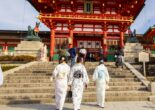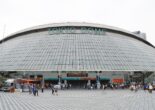Akihabara is known today as a paradise of anime, manga, games, and electronics, but it wasn’t always like this. This otaku capital in Tokyo has transformed over the decades into an entertainment mecca.
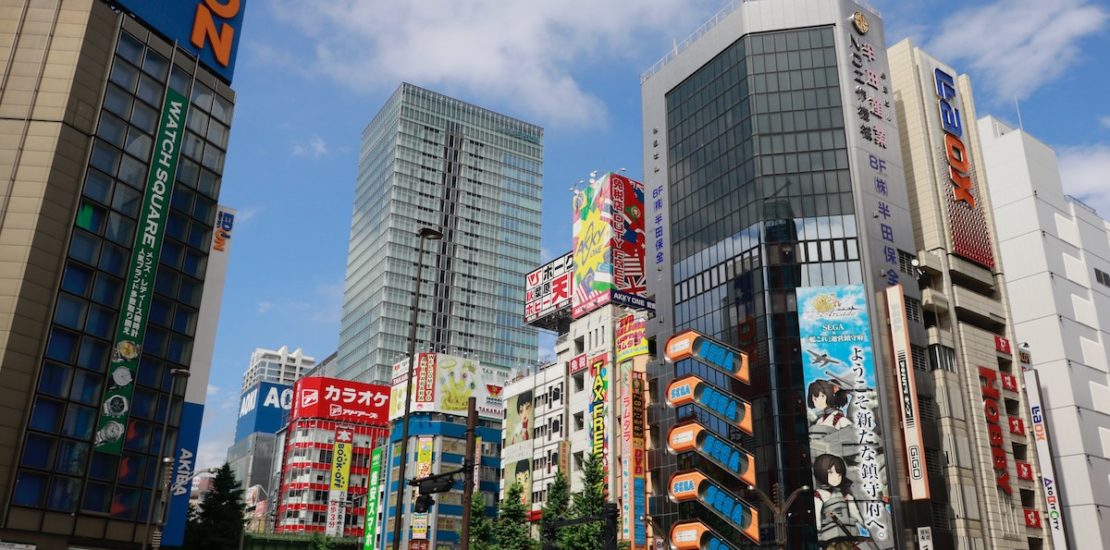
Akihabara is known internationally as Japan’s capital of all things anime, manga, game, and electronic goods, with its great shopping, maid cafes, and tasty restaurants lining the main street and maze of smaller streets. Anyone getting off at Akihabara Station will feel a sense of excitement as they go through the ticket barrier, into a colorful world of Japanese fantasy, and it is easy to spend hours or even a day getting lost here. This fun, iconic neighborhood used to look much different, however––a series of redevelopment and construction has turned Akihabara (or Akiba, for short) into the modern-day paradise of games, gadgets, and fandom it is most famous for today.
Akihabara during the Edo Period
During the Edo Period (1603 to 1868), Akihabara was where lower-class samurai were thought to live, and the area served as a passage between the capital of Edo (present-day Tokyo) to the north. Fires frequently ravaged the flatlands here, leading to the construction of Chinkasha, a shrine thought to help prevent future fires, in the late 1860s. Chinkasha today was nicknamed Akiba Shrine, leading to the area’s eventual naming of Akihabara. The shrine is also one of the reasons why Akihabara is sometimes referred to as Akiba.
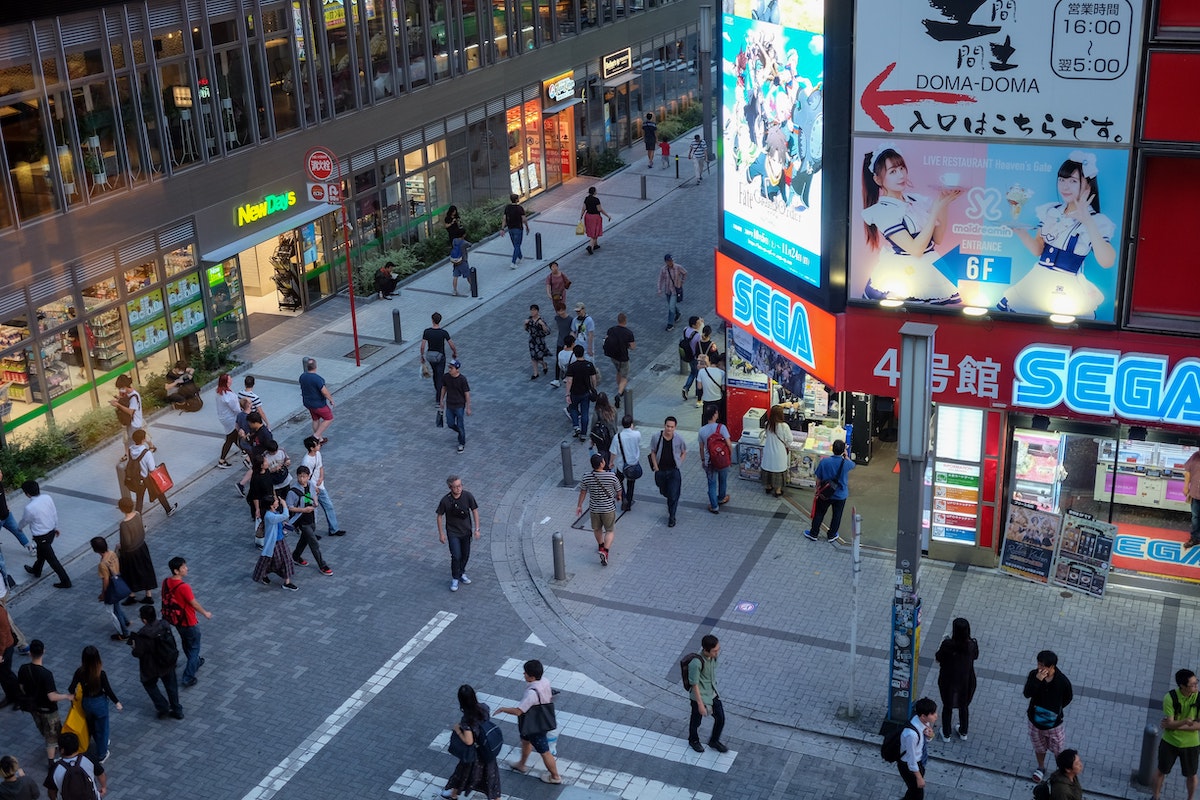
Akihabara was a major transport hub when Tokyo and Japan’s railway system started developing, and Akihabara Station opened up for public transportation around 1925. This opening lead to a thriving area for vegetables, fruit, and other wholesale merchants, as well as a black market. All types of economic growth in the area continued throughout the next decades.
Following World War II when many soldiers returned to Tokyo and Akihabara, previous engineers and mechanics found themselves out of work. However, a radio that was brought to Akihabara by a student at a nearby engineering school, giving these skilled workers a job and paving the way for Akihabara’s prominence in electronics. The radio was wildly popular in Japan, offering much-needed entertainment during difficult post-war times, helping spur a burst of technology and innovation in the area. Akihabara pioneered the radio boom, allowing entertainment and knowledge to be brought into the daily lives of people in Japan.
This technological innovation and entrepreneurship continued throughout the years as Akihabara gained a reputation as the foremost electronics district in Japan. Refrigerators, washing machines, and other home appliances were sold on Akihabara’s store-lined streets, catering to the high demand from growing households in Japan. In the 1970s, sales for walkmans and audio players boomed, and Akihabara was also the center of this new musical innovation.
Akihabara during the 80s and 90s
During the computer craze in the 80s and 90s with the release of the Macintosh and Windows 95, Akihabara continued to lead Tokyo and Japan with its advancement. Electronic shops, from one-man operated stands to larger stores, started popping up, catering to computer and technology enthusiasts. The mid-1990s premiere of “Evangelion” revolutionized the animation industry in Japan, leading to more stores carrying anime and animation-related goods, attracting those also interested in gaming and anime. Akihabara was at the forefront of this new form of pop culture at the time and remains an attractive, entertaining area to fans.
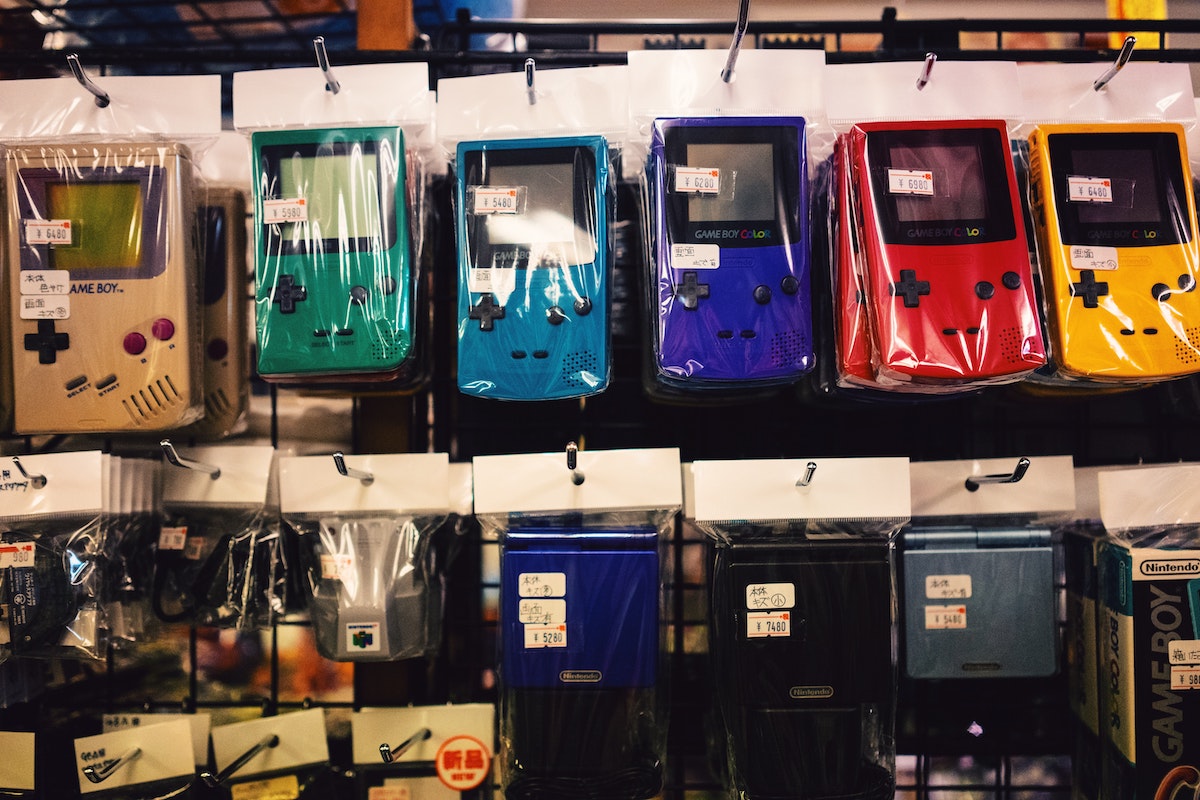
Akihabara in the 1990s and 2000s
The area grew considerably during the 1990s and the 2000s, bringing well-known shopping malls and big-brand stores like Yodobashi Camera, Sofmap, and Animate to the area, restaurants, and attracting various forms of entertainment. Akihabara started to attract a wider audience with different hobbies and interests both mainstream and niche.
For example, AKB48, Japan’s most foremost idol group, started in 2005 in Akihabara, establishing their main theater there for live performances, giving momentum to the idol craze. Arcades and game centers with UFO catchers and other machines with larger-than-life stuffed animals and other extraordinary prizes also started emerging in the 2000s. Those tired after searching for the next perfect addition to a collection could take a break at a manga kissa, with space rentable by the hour equipped with food and rest spaces with all-you-can-consume manga, anime, and Internet connection.
Maid cafes––another iconic piece of Akihabara culture––began, too. First, the presence of cosplay cafes in Akihabara proved popular, which then evolved into the maid cafes most otaku-minded people are familiar with today. It’s hard to walk down a bustling street in Akihabara without noticing a maid standing outside––brave visitors can venture into a cafe to enjoy drinks, omurice, and performances with cute maids.
Akihabara: an International Otaku Mecca
Akihabara naturally was popular with tourists and attracted overseas fans, too. Recognizing Akihabara’s international appeal, the Japanese government and businesses started developing more global traveler-friendly policies in the late 2000s, with duty-free shopping, souvenirs, and foreign-language support. Most large and mid-sized shops in Akihabara provide tax-free deals, and information centers, as well as big stores, offer English, Chinese, and multilanguage guidance.
Commercialization in Akihabara has and continues to change the neighborhood today, but its original charm still remains. Take a walk off Chuo Dori, the main street, and stroll down one of the narrower paths to get a sense of this. You will stumble across vending machines selling canned oden, one-man operated camera stores, ramen shops, tiny curry restaurants, and other local charms that give Akihabara its quirky personality. It is in these more local spots where you will notice the innovation and dedication to details in unexpected places, and find the spirit of Akihabara.
Related Articles
Warning: Undefined array key "sfsi_threadsIcon_order" in /home/veremosglobal/tokyoroomfinder.com/public_html/blog/wp-content/plugins/ultimate-social-media-icons/libs/controllers/sfsi_frontpopUp.php on line 165
Warning: Undefined array key "sfsi_blueskyIcon_order" in /home/veremosglobal/tokyoroomfinder.com/public_html/blog/wp-content/plugins/ultimate-social-media-icons/libs/controllers/sfsi_frontpopUp.php on line 170
Warning: Undefined array key "sfsi_bluesky_display" in /home/veremosglobal/tokyoroomfinder.com/public_html/blog/wp-content/plugins/ultimate-social-media-icons/libs/controllers/sfsi_frontpopUp.php on line 266

